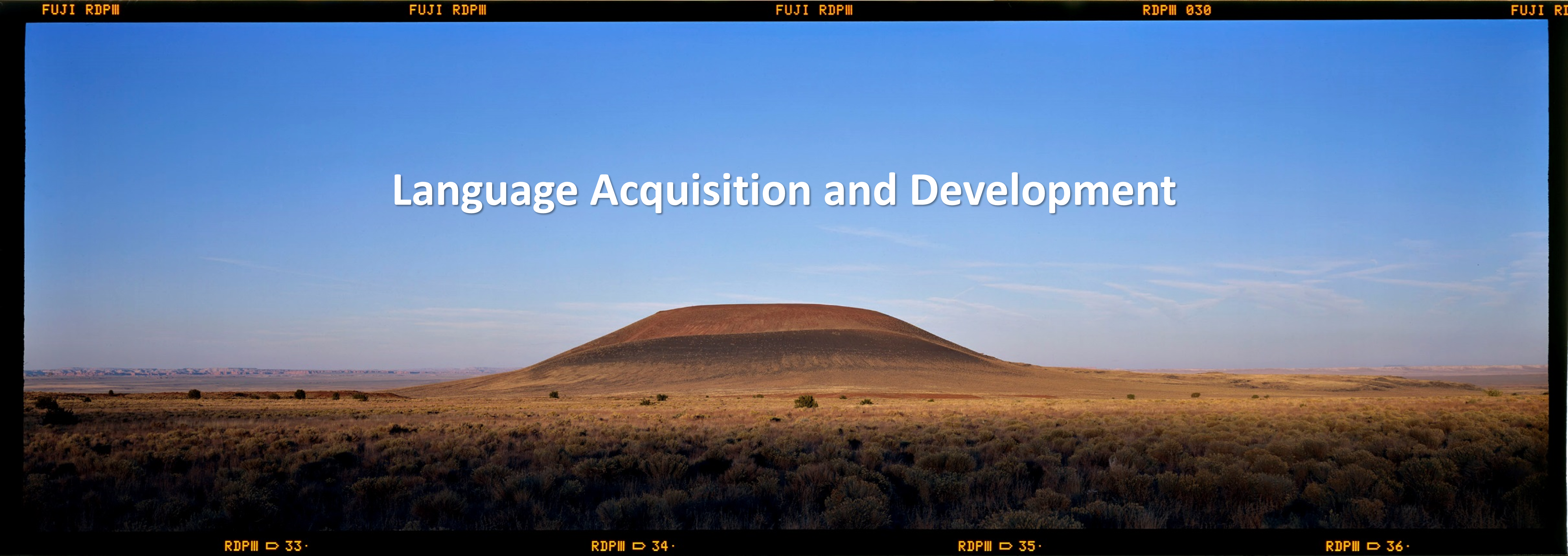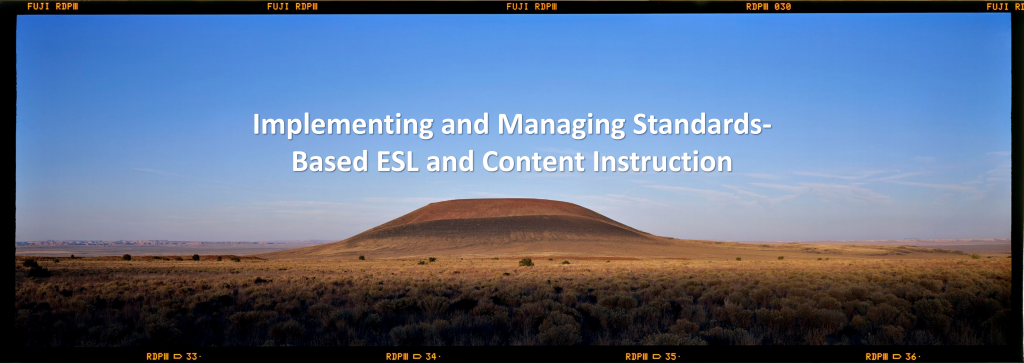Standard 1A: Language as a System
The artifacts I chose for Standard 1.a. are from of ESC 757, a course on linguistics for non-native English speakers, and ESC 725, a course designed to encourage English as a New Language (ENL) instructors to take a simple, targeted approach to grammar. The first artifact demonstrates my command of several semantic concepts: homonym pairs, homophone pairs, homograph pairs, and more. The second artifact proves my ability to take my knowledge of English, specifically writing conventions, and put it into action in the classroom.
As an ENL instructor, I am always looking for new, effective ways to approach language. Part of this pursuit for me was relearning some of the basics of the English language. I am a native English speaker, so I rarely gave much thought to the four modalities of English before I became a teacher. Now that I am in the classroom every day, it is critical that I know how to use English as a system.
Artifact 1 is from one of my first classes as a student in the Teaching English to Speakers of Other Languages (TESOL) program at Lehman College. My professor assigned us to perform what I thought would be a relatively simple task: identify and create your own examples of several semantic concepts. This activity refreshed my memory of basic concepts like homophones and homographs and inspired me to do more for my students concerning these concepts.
In retrospect, I have done little to shed light on this idea for my students. Some of the finer concepts get swept to the side in favor of content objectives. As the only ENL instructor at my school, I want to do more to push my coworkers to think of language as something that can be taught in tandem with content. If this were done, concepts like homophones and homographs may be less likely to get lost in the shuffle.
I have questions about how to do this best. Part of me believes that it would be best to start a school-wide initiative backed by my administration, whose primary aim would be to motivate all of the teachers at my school to include language objectives in their lessons; another part of me believes that it might be more useful to execute language objectives extremely well with a small group as an example to the rest of the school and then shine a light on what our group is doing. Part of this effort would be incorporating homonyms, homophones, and the like with our content. Regardless of the approach, I want to start some kind of concentrated effort at my school around language objectives because all students, ELLs or not, benefit from a combination of content and language in the classroom.
Artifact 2 is a result of one of my favorite and most applicable classes I have taken at Lehman and it shows that grammar instruction can and should be more than “copy editing.” I took several lessons from this class and applied them directly to my own students with some minor differentiation. Overall, the lessons went so well in small groups that I decided to expand everyone to our general education students. Both the small and large groups benefited from sentence level instruction, but there are some things I would have done differently.
I am glad to have tried these lessons with both a small and large group because I saw how effective grammar teaching can be if there are opportunities for inductive and deductive reasoning. However, next year, I plan to incorporate our content with these lessons beyond a superficial level. These grammar lessons were mostly isolated from our content lessons and, while they were effective at the time, I could have pushed my students to gain an even stronger grasp on the concept if they had been given a chance to apply this skill directly to their writing.
In tandem, these artifacts clearly show an effort on my behalf to transfer my own knowledge of the English language as a system to my students. Artifact 1 helped me revisit old concepts that I took for granted as a native speaker of English. In creating Artifact 2, I learned how nuanced English grammar instruction must be in order to be effective. It requires a deeper level of knowledge of learning and human development that I did not have previously. I will continue to fine-tune my approach to English language instruction as long as I teach.










